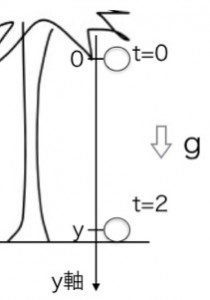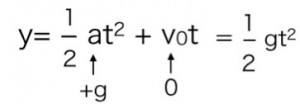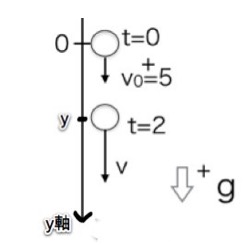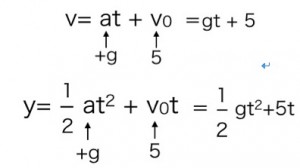NASA’s Experiment: A Feather and a Steel Ball Fall Together! Why Do They Drop at the Same Time? Galileo’s Astonishing Law of Falling!
I’m Ken Kuwako, the Science Trainer. Every day is an experiment.
【This article is also available on the radio!】
The story goes that Isaac Newton discovered the law of universal gravitation after seeing an apple fall from a tree. We’ve all dropped something, like our smartphones slipping from our hands. These ordinary moments of things falling hold a spectacular secret, a hidden drama that connects us to the laws of the universe!
Here’s a quick quiz for you. If you drop a sheet of paper and a heavy stone from the same height at the same time, which one will hit the ground first?
“That’s a no-brainer! The heavy stone, of course!”
If that’s what you thought, welcome to the world of physics! The truth is, under certain conditions, that “common sense” will be turned on its head. In this article, we’ll dive into the profound world of free fall and the physics of how things fall.
Question Your Assumptions! Galileo’s Quest to Solve the Mystery of Falling Objects
Over 400 years ago, the great scientist Galileo Galilei grappled with the same question. At the time, people believed that heavier objects fell faster than lighter ones. But Galileo challenged this idea. He reasoned that “if there were no air to get in the way, all objects would fall at the same speed, regardless of their weight.”
The legend of him dropping two spheres of different weights from the Leaning Tower of Pisa to prove his theory is famous. (Note: There are various theories about this.)
“But wait, if you drop a feather and a ball, the ball still hits the ground first, right?”
That’s absolutely correct. Our world has an invisible speed bump called “air resistance.” A light feather is affected more by air resistance, which is why it floats down slowly. So, what would happen if that air resistance disappeared? The following shocking experiment video completely changes what you thought you knew about physics.
NASA Proves It! In a Vacuum, a Feather and a Bowling Ball Fall at the Same Time
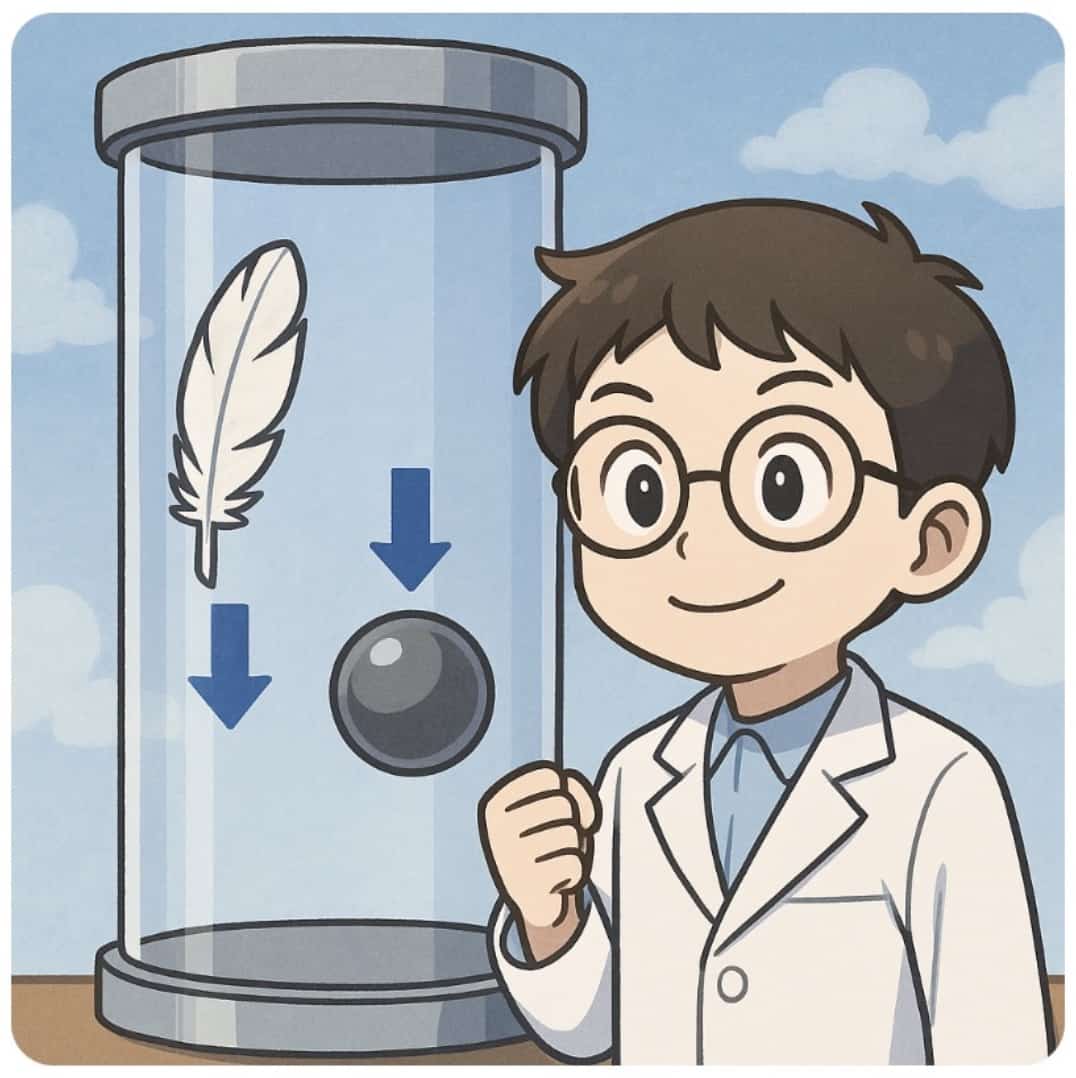
The BBC conducted an incredible experiment at a massive NASA facility. They dropped a feather and a bowling ball simultaneously inside a huge vacuum chamber.
Initially, with air in the room, the bowling ball hits the ground first, of course. But after all the air was removed to create a giant vacuum, they dropped the two objects again…

The BBC TWO video shows the bowling ball and feather falling at the same time.
You’ll be amazed! The fluffy feather and the heavy bowling ball perfectly land at the same time. This is the moment the true nature of falling motion—”uniformly accelerated motion”—is revealed.
In this article, we’ll gently walk through two fundamental types of falling motion: “free fall” and “vertical throw-down,” with the help of some formulas. I hope this helps you rediscover the joy of science and connect with the scientific truths you may have learned in school.
Adventure with Formulas! Unlocking the Two Main Patterns of Falling Motion
Falling motion is caused by the Earth’s gravity pulling on an object. As the object falls, its speed increases at a constant rate. This rate of acceleration is called “acceleration due to gravity (g),” which is approximately 9.8 m/s² on Earth. This means that an object’s speed increases by 9.8 m/s every second.
Using this rule, we can solve falling motion problems with the formula for uniformly accelerated motion.
Pattern 1: Free Fall
This is the simplest type of falling motion, where an object is gently released. The key here is that the initial velocity is 0. For example, let’s say a small ball is dropped from a tall tree with an initial velocity of 0, and it takes exactly 2.0 seconds to hit the ground. Let’s find the height of the tree.
We use the distance formula for uniformly accelerated linear motion:

For falling motion, acceleration a becomes the acceleration due to gravity g, and the initial velocity v_0 is 0. So, the formula changes to this:
Now, let’s plug in t=2.0 seconds and g=9.8 m/s2

We’ve found that the height of the tree is approximately 20 m! That’s about the height of a five-story building.
Pattern 2: Vertical Throw-Down
Next, let’s look at what happens when you throw an object downwards with an initial velocity. For example, let’s find the speed and distance traveled after 2.0 seconds if a small ball is thrown vertically downwards with an initial velocity of 5.0 m/s.
This time, the initial velocity v_0 is 5.0 m/s. Let’s customize the formulas for uniformly accelerated motion.
First, let’s find the speed after 2.0 seconds by plugging the values into the velocity formula:
![]()
That’s about 90 km/h (56 mph)! Pretty fast. Next, the distance traveled after 2.0 seconds is:
![]()
This shows how you can use and adapt basic formulas to different situations—that’s what makes physics so interesting. For a more detailed explanation, check out the video below.
I also wrote a book called A Review of High School Physics for Adults (published by Kodansha). It covers free-fall motion, two-dimensional motion like projectile motion, and other physics formulas with relatable examples.
Inquiries and Requests
Make the wonders and fun of science more accessible! Here you’ll find easy-to-understand summaries of fun science experiments you can do at home and tips for doing them. Feel free to search around!
・About the site operator, Ken Kuwako: Click here
・For all requests (writing, lectures, science classes, TV supervision, appearances, etc.): Click here
・Article updates are posted on X!
![]() The Science Channel streams experiment videos!
The Science Channel streams experiment videos!

